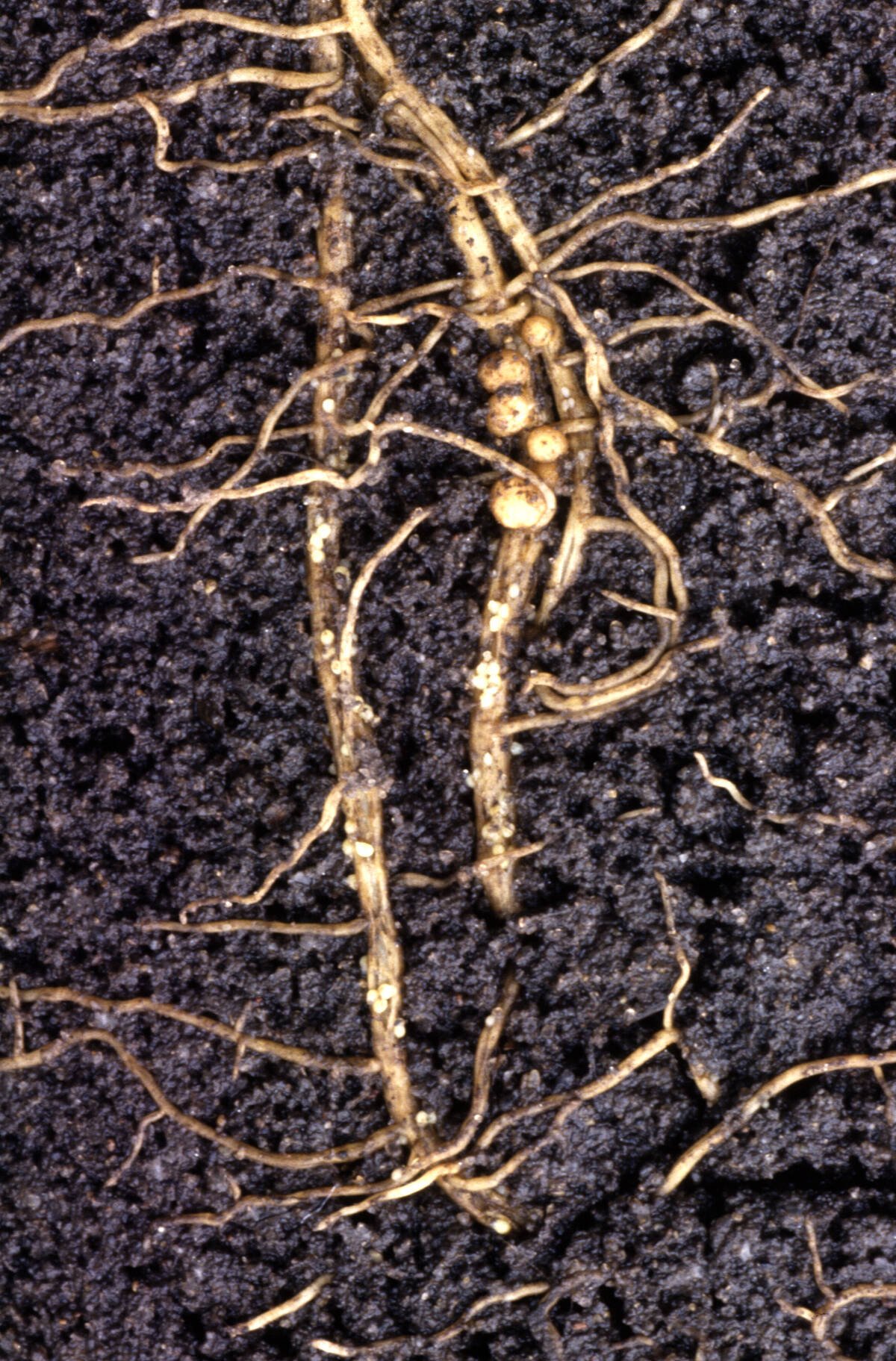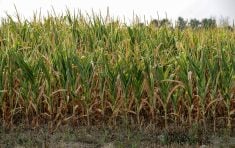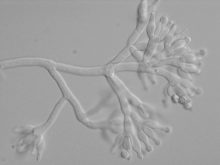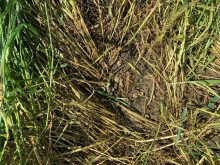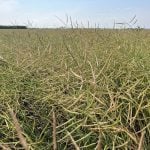Known as the ‘silent yield robber’, soybean cyst nematode (SCN) is Ontario’s leading yield-reducing soybean pathogen, causing an average of US$40-$60 million worth of damage annually, often without obvious symptoms.
Why it matters: Soybean cyst nematode is a soil-borne parasitic roundworm that infects soybeans and thrives best in sandy or loamy soils, where movement is easiest.
Over the last decade, Owen Wally, PhD., a field crop pathologist with Agriculture and Agri-Food Canada, has studied SCN infestation and adaptation across Ontario, and calls the disease endemic. He’s concerned that the effects of SCN are accumulating.
Read Also

Scientists discover a gene that could triple wheat production
This discovery could give breeders a powerful new tool to boost yields without needing more land, water, or fertilizer.
Wally estimates at least an overall two per cent yield loss annually in Ontario, and easily upwards of 30 per cent in fields with moderate to high infestations, without any obvious signs of infection above ground.
“When you get it, you’ve got it for good,” said Wally, stating that once SCN is established, there’s no way to eliminate it.
“Managing SCN-infested soils comes down to selecting resistant varieties, crop rotation and supplementing with chemical seed treatments.”
The pest feeds on soybean roots, restricting a plant’s ability to access necessary water and nutrients. SCN populations replicate throughout the growing season, with up to three reproduction cycles per year, and have the potential for population multiplication of five to 20 times over the course of a growing season, according to Wally.
The biggest challenge is that the disease doesn’t present any obvious symptoms and may appear as plant stress or mimic potassium deficiency, with SCN effects coming as a shock at harvest for farmers unaware of its presence.
Widespread and growing
Over the years, Wally has had a front-row seat to the increasing prevalence and destruction of SCN on Ontario soybean acres. While 40 per cent of high to extreme populations (2,000 to 10,000+ SCN population per 100 grams of soil) are in southwestern Ontario fields, 10 per cent of Ottawa Valley soybean acres are reporting high or extreme populations.
“SCN is no longer a southwestern Ontario issue,” confirms Wally. “From west to east, the numbers are increasing across the province, and farmers need to be aware.”
Wally and the AAFC Harrow lab team monitor SCN presence through ongoing research, focusing on mitigating the risks of SCN and other soil-borne pathogens that affect soybeans, including sudden death syndrome (SDS). This includes tracking the spread of SCN and its adaptation in soils.
“SCN populations are becoming more widespread and destructive as they adapt to soils and existing resistant soybean varieties, our most effective management tool,” explains Wally.
Research trials this season continue exploration of SCN population changes, including levels of infestation in test sites across the province and in soil samples submitted to the lab. By simulating test site growing conditions with increasing SCN populations, Wally observes the pathogen’s evolution, and, alongside monitoring, tests disease management techniques and chemical treatments.
SCN fights back
Since SCN was first identified in Ontario over 30 years ago, advances in genetically resistant soybean varieties have become the first line of defence against the disease. Today, 95 per cent of soybean varieties available in Ontario have resistance, but it’s derived from only two genetic lines: PI 88788 (the main source of genetic SCN resistance) and Peking (found in only five to 10 per cent of Ontario soybean varieties).
“SCN populations are on the rise, and it’s getting scary,” he says. “Currently, 80 per cent of Ontario’s SCN population have adapted to our genetically resistant varieties and are able to infect more fields at a higher rate and at a greater degree of infestation.”
The adaptations are categorized into SCN types, or HG types, which describe the nematode’s ability to overcome the resistance genes. Wally’s research evaluates the ongoing adaptation and the resulting effectiveness of the resistant genetics.
In 2010, 30 per cent of southwestern Ontario SCN populations had adapted to the PI 88788 gene. By 2024, 80 percent of the disease population in that same area had developed some form of resistance. Wally notes that Ontario is following the same trend observed by northern U.S. soybean farmers — a rapid adaptation of SCN to genetically resistant lines.
“We continue to observe that SCN-resistant varieties are becoming less effective, but they remain functional for now,” says Wally. “I predict that, in 20 years, these current resistant genetics will largely be nonfunctional here in Ontario.”
Soybean farmers can still leverage a range of effective management tools, including rotating SCN-resistant varieties by alternating between the two genetic sources, PI 88788 and Peking, said Wally. Crop rotation can slow SCN population growth, particularly when farmers leave a three-year gap or longer between soybean crops on the same field. Some chemical and biological seed treatments can be effective, said Wally, especially on fields with moderate to low SCN populations.
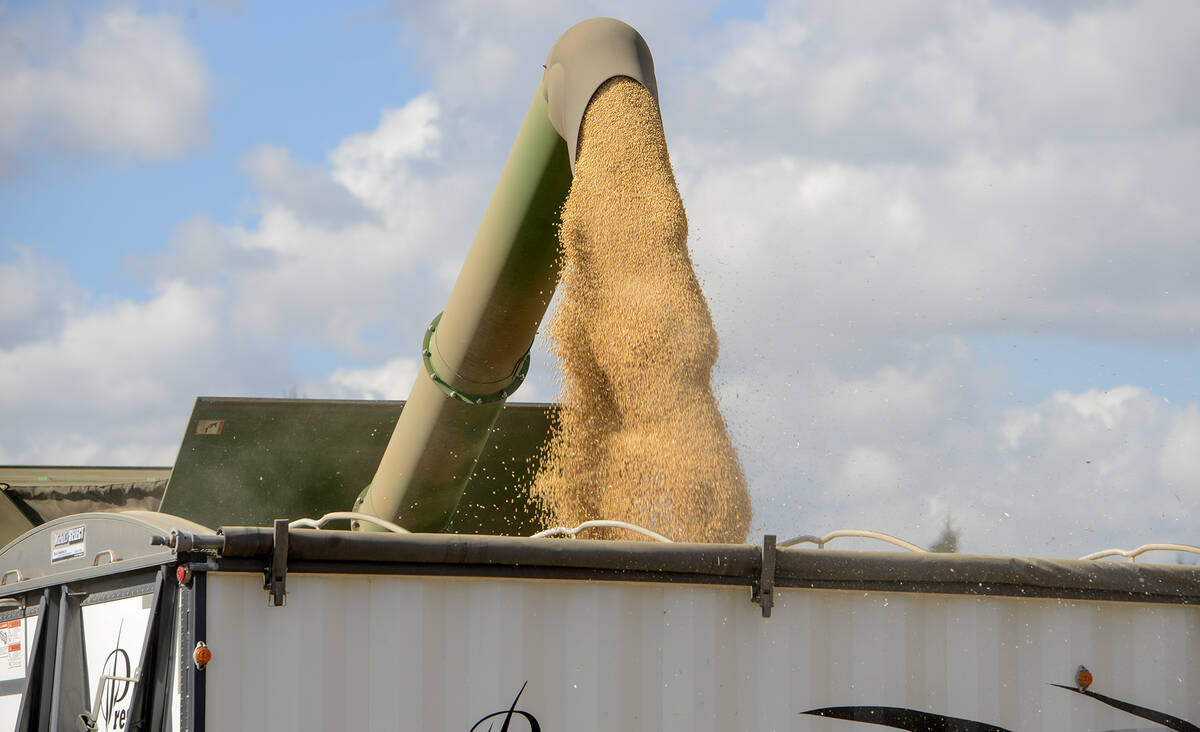
“We need new solutions to manage SCN, otherwise it will become a forever war as the disease continues to evolve and outsmart us,” said Wally, who keeps a close eye on the genetic and crop protection technology pipeline.
Later this year, Syngenta Canada is expected to introduce Tymirium technology, a new tool to manage SCN and SDS. The novel active ingredient is said to act as a nematicide and fungicide, protecting the root zone from nematode feeding, which is the main cause of SCN and SDS. Tymirium technology is currently under review for registration under the Pest Control Products Act as a soybean seed treatment.
“This new active ingredient will offer another tool for managing SCN for Ontario soybean growers, along with genetic resistant sources and using new and existing seed treatments,” notes Wally.
Know your risk
“Of course, knowing whether or not your field has SCN is the first step to managing the disease,” Wally reminds farmers, adding that digging up plants can easily confirm SCN in soils.
The easiest way to confirm SCN in soil is to dig up plants, which Wally recommends producers do throughout the growing season as populations continuously grow and die off over the year. The nematodes appear as roughly one millimetre ovoid, lemon-shaped growths on the roots, “appearing like lights on a Christmas tree while they are actively growing.”
The soil testing method is most effective for confirming SCN disease and can be performed at any time, however, Wally recommends testing immediately after harvest, so farmers can make better-informed planting and crop management decisions for the following year. He suggests that farmers at least consider soil testing to assess their potential SCN risk or to measure the level of SCN populations in their fields.
“If you don’t know whether or not you have SCN, give yourself peace of mind by planting and rotating resistant varieties,” reminds Wally.
It’s clear that SCN is here to stay in Ontario soils, as is Wally’s ongoing disease monitoring and research.
“This silent yield robber may not show its face, but it’s already taking its toll,” he said, reminding Ontario farmers to be proactive by incorporating SCN considerations into next year’s crop management plan.



